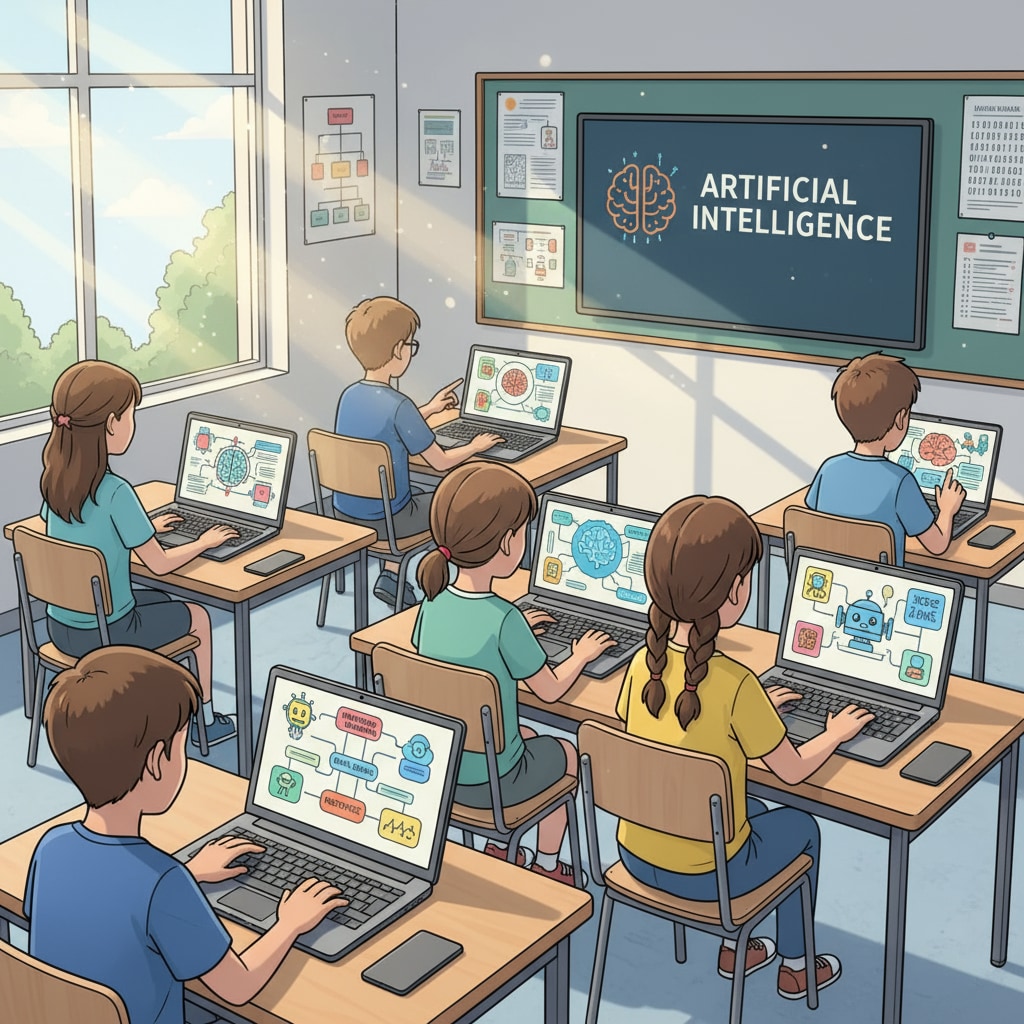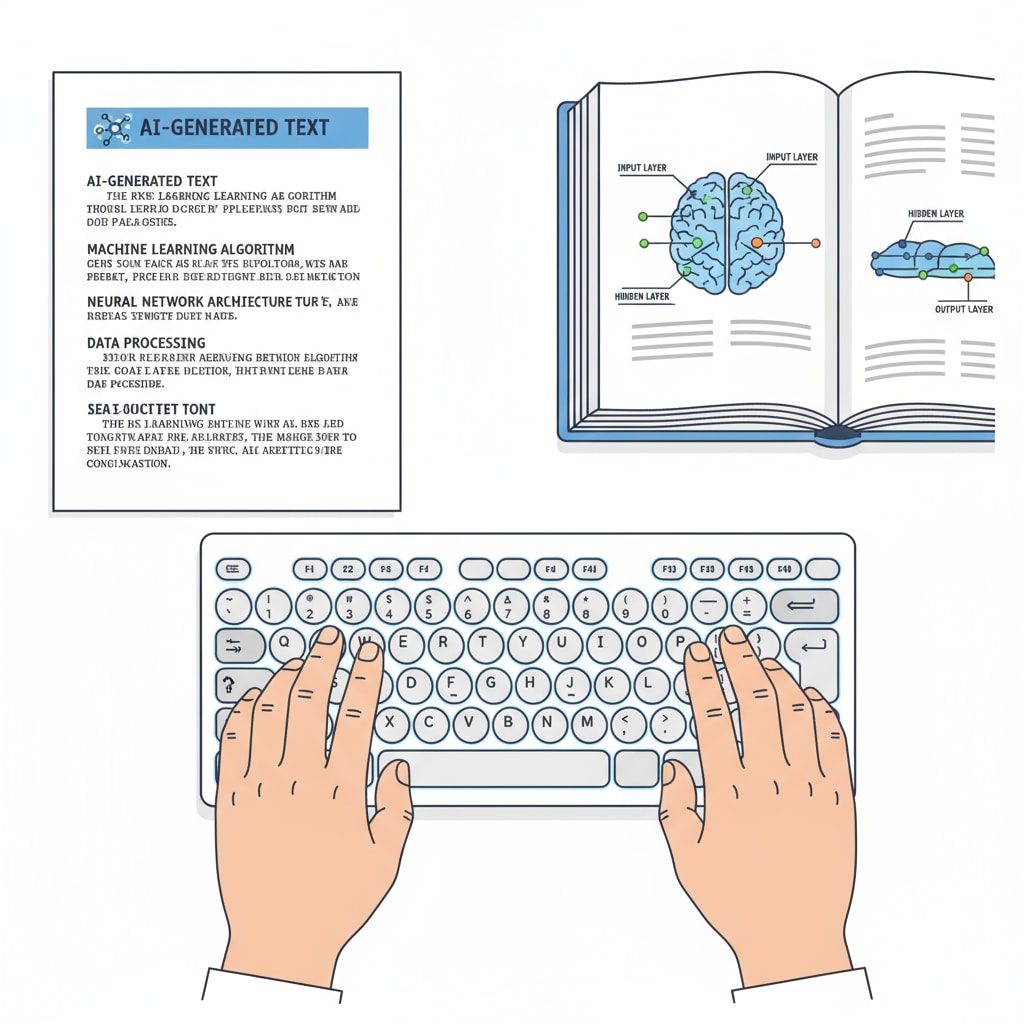AI detectors, manual typing, and AI paraphrasing tools have become hot topics in the educational landscape. As AI detection technology is increasingly implemented in the K12 education system, students are on the lookout for ways to outsmart these detectors. One such method that has gained popularity is manually inputting AI-generated content. But does this really work?

The Rise of AI in Education and Detection Efforts
The integration of AI in education has brought numerous benefits, such as personalized learning experiences and improved teaching resources. However, it has also led to concerns about academic dishonesty. AI detectors have been developed to identify content generated by artificial intelligence. These detectors analyze various aspects of the text, including writing style, vocabulary use, and sentence structure, to determine if it was human-written or AI-generated. For example, Plagiarism detection software on Wikipedia has evolved to include AI detection capabilities.
The Allure of Manual Typing
Some students believe that manually typing AI-generated content can act as a “stealth cloak” against AI detectors. The idea is that by putting in the effort to type out the text themselves, they can introduce enough human elements into the content. They might add small errors, vary the language slightly, or change the formatting. But in reality, this method has its limitations. AI detectors are becoming more sophisticated. They can still detect patterns that are characteristic of AI-generated text, even if it’s been manually typed. Artificial intelligence on Britannica explains how these detectors are designed to adapt to different forms of evasion.

The Role of AI Paraphrasing Tools
Another approach students take is using AI paraphrasing tools. These tools rewrite AI-generated content to make it seem more original. They can change the sentence structure, replace words with synonyms, and rephrase paragraphs. However, like manual typing, this is not a foolproof method. AI detectors can often identify the “fingerprint” of paraphrasing tools. The rephrased text may still retain certain traits that are typical of AI-generated content.
In addition, relying on such methods undermines the integrity of the educational system. Education is not just about getting good grades but about learning and developing critical thinking skills. When students use these evasion techniques, they are not truly engaging with the learning material.
Readability guidance: We’ve used short paragraphs to present clear ideas. Each section provides key points about AI detectors, manual typing, and AI paraphrasing tools. We’ve also included external links to reliable sources for further information. Transition words like “however” and “in addition” have been used to enhance the flow of the article.


